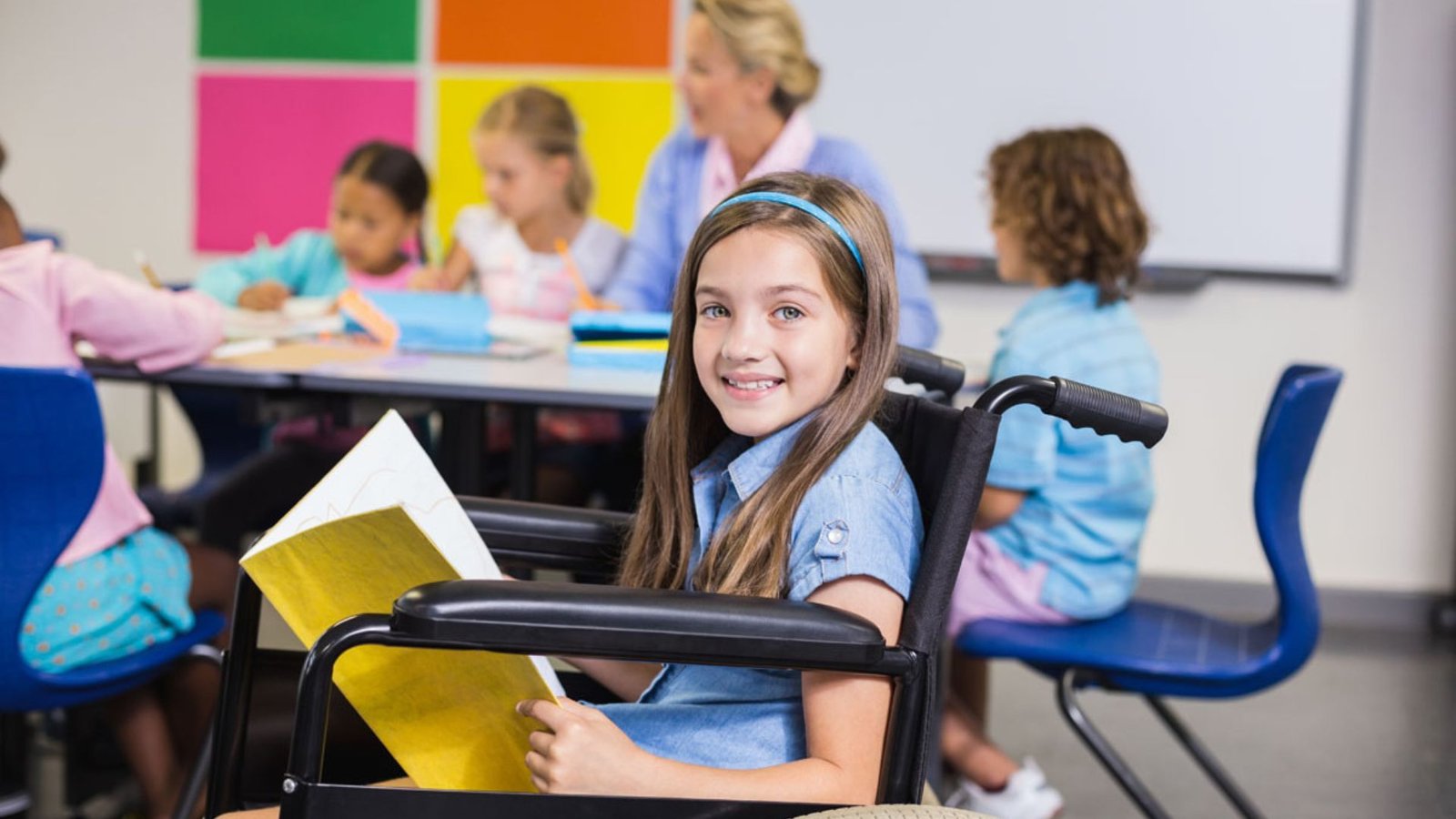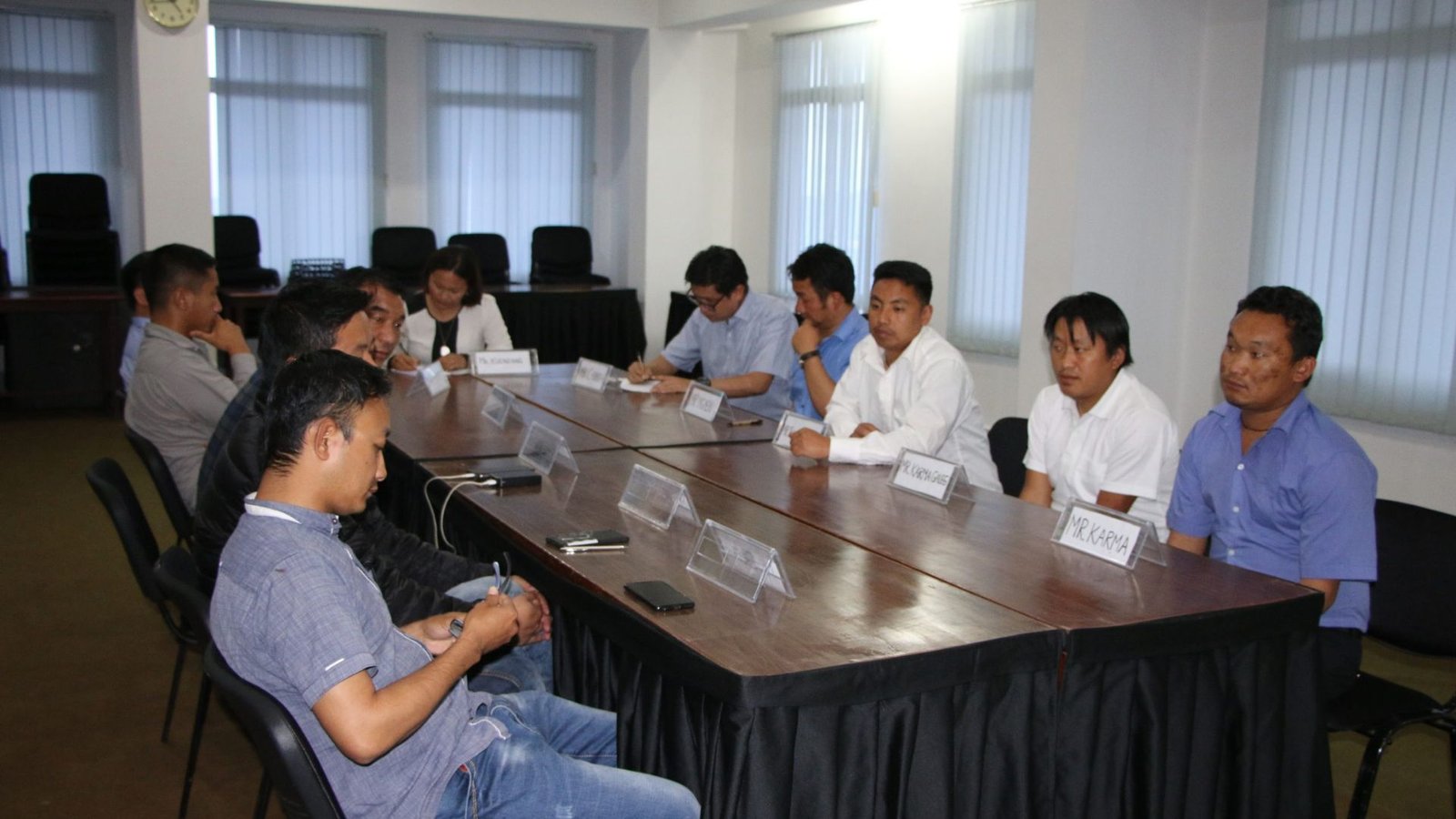People with disabilities face many accessibility challenges every day. These barriers affect their ability to work, study, travel, and enjoy public spaces. While progress has been made, there is still much work to do. Understanding these challenges is the first step toward building a more inclusive society.

Physical Accessibility Challenges
One of the most common challenges people with disabilities face is the lack of accessible physical spaces. Buildings, transportation systems, and public areas often fail to accommodate their needs.
Examples include:
- Stairs without ramps: Many buildings lack ramps or elevators for wheelchair users.
- Narrow doorways: Some spaces are too narrow for mobility aids like wheelchairs.
- Inaccessible public transportation: Limited seating or no ramps on buses and trains can make travel impossible.
For instance, Maria, a wheelchair user, struggles daily to enter her local grocery store because it lacks a ramp. Such challenges restrict independence and create frustration.
Digital Accessibility Barriers
In today’s digital world, access to technology is crucial. However, many websites and apps are not designed to meet the needs of people with disabilities.
Common digital barriers include:
- Unlabeled buttons: Screen readers cannot interpret buttons without clear labels.
- No subtitles: Videos without captions exclude people who are deaf or hard of hearing.
- Complex navigation: Websites with confusing layouts are difficult for users with cognitive disabilities.
For example, James, who is blind, finds it challenging to shop online because many e-commerce websites are incompatible with his screen reader. Digital inaccessibility widens the gap between people with disabilities and others.
Educational Accessibility Issues
Education should be available to everyone, but students with disabilities face significant obstacles. Schools and colleges often lack the resources to support their learning needs.
Educational challenges include:
- Limited special education resources: Many schools do not have trained staff or adaptive learning materials.
- Inaccessible classrooms: Desks, blackboards, and other facilities may not accommodate physical disabilities.
- Discrimination: Some students face stigma or lack of understanding from teachers and peers.
A student with dyslexia, for example, may struggle in a traditional classroom without access to specialized tools or extra time for assignments.
Employment Barriers
Many people with disabilities encounter difficulties when entering or staying in the workforce. Despite their skills, they often face discrimination and lack accommodations.
Employment barriers include:
- Workplaces without adaptive equipment: Many offices lack tools like screen readers or ergonomic furniture.
- Bias during hiring: Employers may assume people with disabilities cannot perform tasks.
- Inflexible work schedules: Jobs that require rigid hours can be challenging for those with medical needs.
For example, Sarah, who uses a prosthetic arm, was denied a job simply because her employer doubted her abilities. This highlights the importance of equal opportunities for everyone.
Social and Attitudinal Barriers
Social attitudes often create significant challenges for people with disabilities. Misunderstandings and stereotypes can lead to exclusion and isolation.
Examples of social barriers include:
- Stigma: People with disabilities may be treated as less capable or avoided entirely.
- Lack of awareness: Many people do not understand how to interact with or support individuals with disabilities.
- Bullying and discrimination: Hurtful comments and actions can lower self-esteem and confidence.
An example is Kevin, a young man with autism, who avoids public spaces because of the way people stare or make unkind remarks. Changing attitudes is essential for inclusivity.
Healthcare Accessibility Issues
Accessing healthcare is a significant challenge for many people with disabilities. Medical facilities are often ill-equipped to meet their needs.
Healthcare barriers include:
- Inaccessible clinics: Lack of ramps, elevators, or adjustable exam tables can prevent proper care.
- Limited communication options: Deaf patients may not have access to interpreters.
- Long wait times: Some medical facilities fail to prioritize individuals who need extra support.
For instance, a blind patient may struggle to read appointment forms or medication labels, leading to health risks.
Steps to Improve Accessibility
Creating a more accessible world requires effort from individuals, businesses, and governments. Here are some steps to address these challenges:
- Design inclusive spaces: Ensure buildings, parks, and transportation systems meet accessibility standards.
- Adopt universal design in technology: Build websites and apps that accommodate all users.
- Train staff: Schools, workplaces, and healthcare facilities should educate employees about disability inclusion.
- Raise awareness: Teach communities to understand and embrace the needs of people with disabilities.
A small step, like adding subtitles to a video or installing a ramp, can make a big difference.
Conclusion
People with disabilities face many accessibility challenges, from physical barriers to social discrimination. Addressing these issues requires awareness, empathy, and action. By making our communities more inclusive, we can ensure that everyone, regardless of ability, has equal opportunities to thrive. Together, we can break down these barriers and build a more accessible world.








